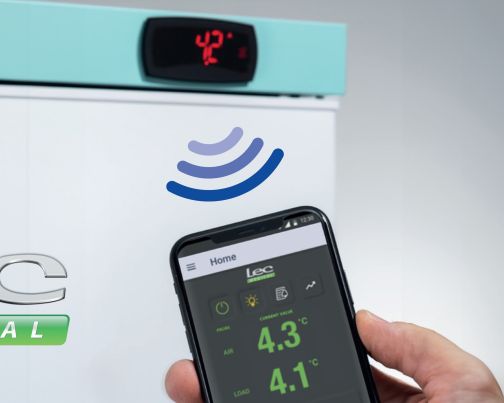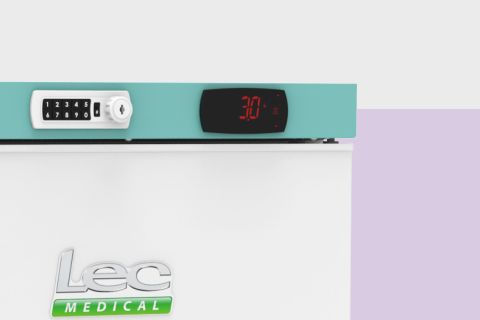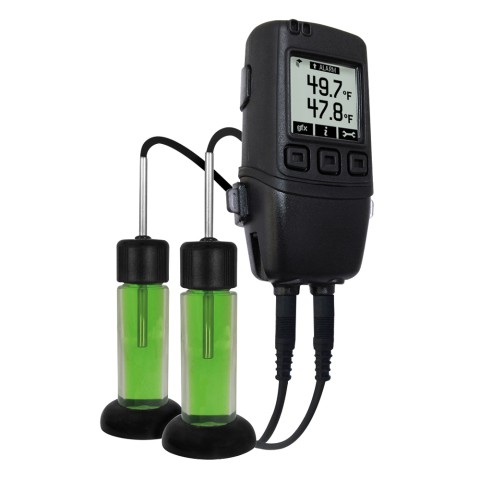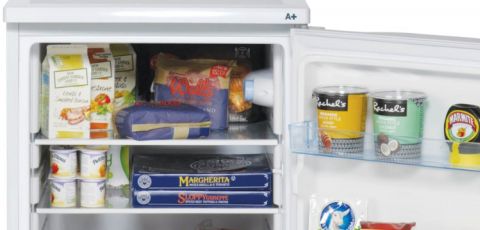
Storing cold chain products? Here’s how to do it safely
Keeping patients and customers safe should be the Number One priority for all professionals who handle medical ‘cold chain’ products.
The list of medical cold chain products is long but includes:
- Human and animal vaccines
- Antibiotics
- Cancer drugs
- Common treatments such as creams and eye drops, as well as the botulinum toxin used in aesthetic procedures.
What is Cold chain?
Cold Chain is shorthand for the procedures which must be followed to ensure these temperature sensitive products are stored within the range required to keep them safe and effective. It extends from the moment they are manufactured to the point at which they are administered to people or animals.
What’s the right temperature?
Getting the temperature right is crucial. Store cold chain medical products at a temperature which is too high or too low and you will reduce their shelf-life and efficacy, potentially putting patients at risk.
Most sectors issue their own regulations and guidelines on how to store these products safely but all include the same core rules:
- Cold chain products must be stored in a medical refrigerator within a strict temperature range of +2°C to +8°C to prevent them from degrading and becoming less effective.
- A designated staff member must take temperature readings – and accurately record them - at least once every day to ensure the safe +2°C to +8°C range is maintained.
- It is essential to use an approved medical refrigerator because a normal domestic fridge is simply not capable of delivering the necessarily high specifications demanded of cold chain storage.
To understand the difference, just take a look at what our Pharmacy Plus medical refrigeration range offers:
- Bluetooth enabled local temperature monitoring and recording ensures pinpoint accuracy and easy access to data via the Lec Medical app on a smartphone or tablet. This frees up valuable staff time and also removes the risk of human error.
- Our advanced dual probe temperature monitor measures both the interior temperature of the fridge and that of the medicines stored inside it for enhanced accuracy.
- An intelligent fan management system prevents warm air being drawn in when the fridge door is open and automatically restarts when it closes, ensuring temperature stability.
- A power failure alarm with 48-hour battery back-up issues instant alerts and protects data in the event of a power cut.
- Manual or digital lock systems provide high security – essential when controlled drugs are stored inside.
This level of technical sophistication is impossible to achieve using a traditional domestic fridge. Add to that the choice of clear or solid doors, multiple shelving options and fridge interior capacities ranging from a compact 47 litres to a spacious 1,200 litres, and it is easy to see why a medical fridge is the only viable option.
You can also play your part to make sure cold chain medical products are stored safely.
Read our guides on how to position your fridge for optimum efficiency and how to stock your fridge to maximise safety and minimise waste here.





